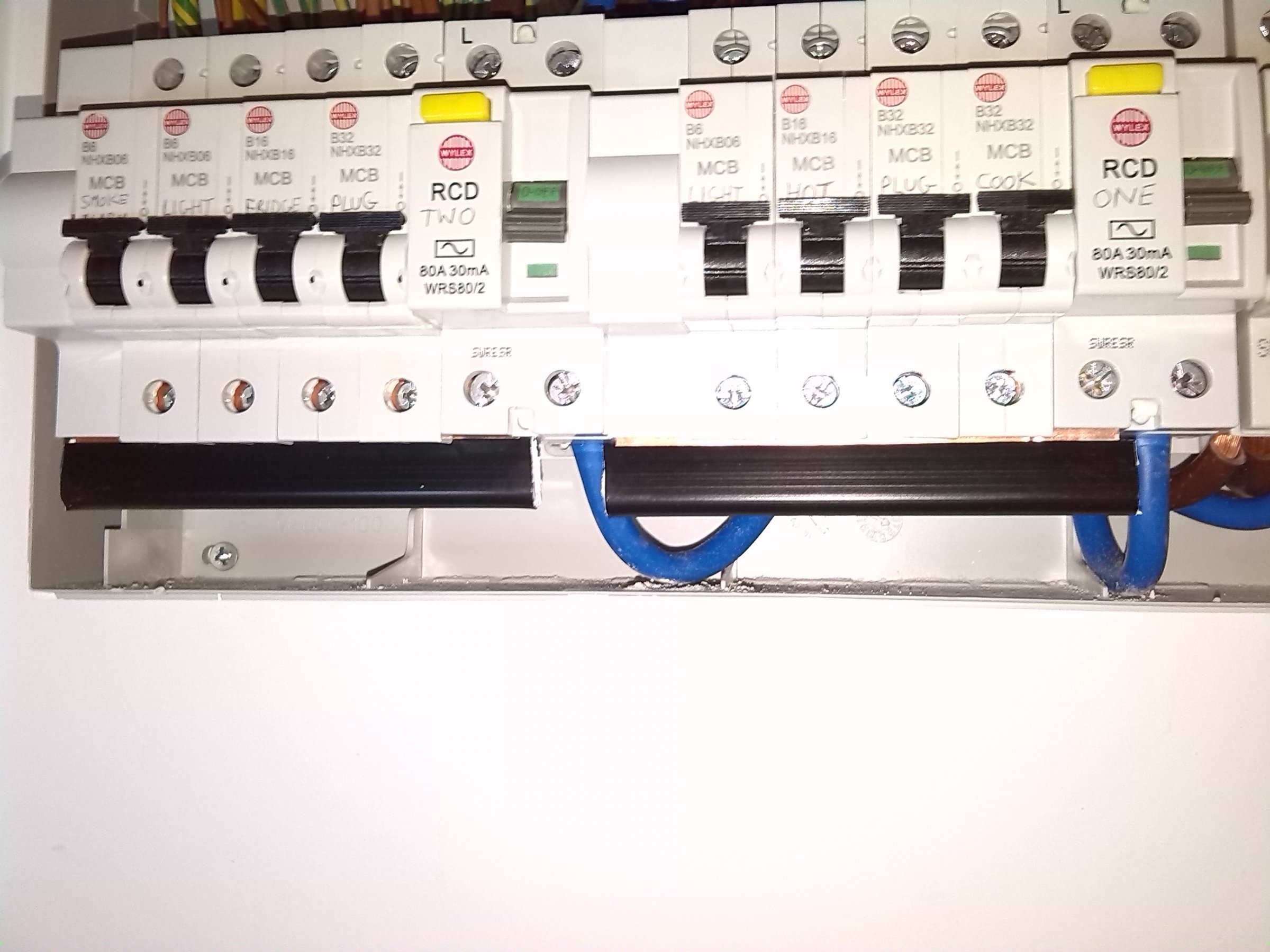Several times in this topic I've read things along the lines of "assuming they physically fit", or "has anybody heard of problems arising from mixing of different makes which fit".
The thing is you just don't know if they fit properly, or not, or if there are other compatibility issues.
You've been asked to inspect an installation, and comment on it's condition, safety, remedial work needed or advised, etc.
You must not ignore a pick'n'mix CU, you must not just note it as an observation, and even if you do have the time to poke around inside the CU, removing and replacing devices, then in the context of professional liability, duty of care etc, do you really have the expertise to say for certain that it's not, or could not become dangerous?
You have to say "this is unsatisfactory, and must be properly investigated because there is a possibility that it is genuinely dangerous".




